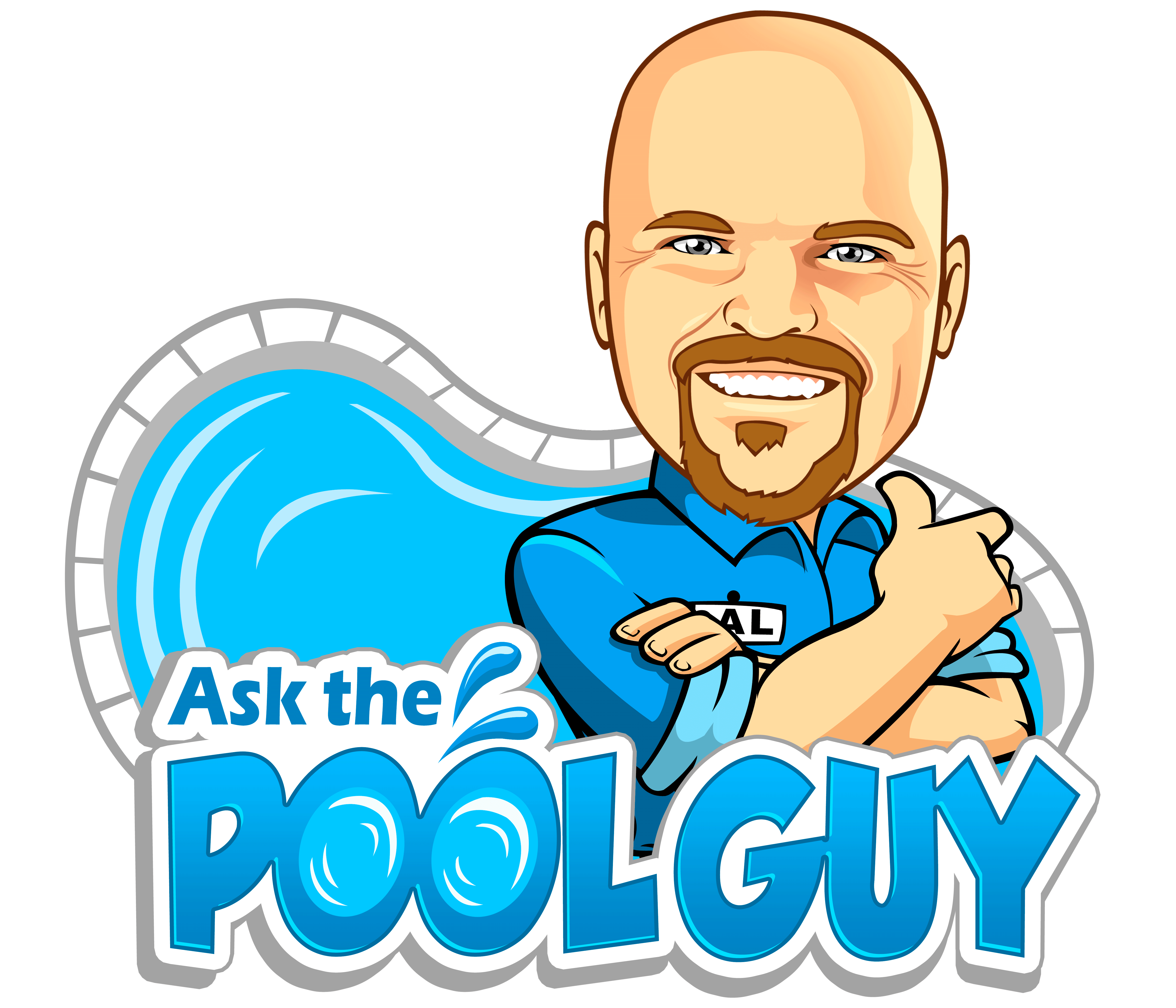I think it’s safe to say summer is finally here. Most pool owners have opened their pool or are in the process of opening their pool. The heat is rising, and young ones can’t wait to take a swim in the pool.
It’s always necessary to keep an eye on children when they are in the pool. Drowning is a scary and always present threat when little ones are swimming. Did you know drowning can occur both inside the pool and outside the pool? Secondary drowning is the term used for a delayed-onset drowning. This is terrifying and often fatal. So how do you prevent this happening to your children? Let’s take a look at what secondary drowning is and how to watch out for it.
What:
Secondary drowning is drowning that happens after swimming has occured. With primary drowning, someone inhales water and can’t breath. They die right away. with secondary drowning, death occurs because of a secondary injury to the lung. This is caused simply by a small amount of water getting into the lung during swimming.
The liquid in the lung causes inflammation. This leads to your body naturally pushing even more water into the lungs resulting in a condition called ‘pulmonary edema’. If this is left untreated, the person will stop breathing eventually and essentially drown in their own body fluids.
How:
You may be wondering, ‘how can this happen if i’m watching my child’? Well, secondary drowning can occur anywhere where water is present. Swimming pools pose the greatest risk for drowning for children, but secondary drowning can also occur in the ocean or even the bathtub. As little as four ounces of water is enough to hinder lung functionality. This causes the lungs unable to deliver oxygen to the bloodstream.
When one has liquid in his lungs, it keeps the alveoli (breathing bubbles in your lungs) not able to open as well because of the diluted fluid in the lungs. As a result of this, the body naturally sends other fluids to help. This floods one’s lungs. The most common fluid held responsible for diluting the fluid in the lungs and keeping the alveloi from opening? Chlorine.
Prevention:
It is always essential to watch children when they’re in the water. Even if you’re a super mom and never take your eye off them- kids will be kids. Chances are they will end up swallowing some water at some point during their swimming session. If you see them come out of the water coughing, watch them for as long as you can after they are done swimming.
Symptoms can appear in as long as 72 hours after the water exposure. Look for unusual fatigue and tiredness, coughing, unusually pale skin, shortness of breath, and difficulty breathing. These symptoms could be very serious.
Swimming is meant to be a fun, relaxing way to spend hot summer days. You can make this happen with close supervision of children or young ones in the water both during their swim and after.
